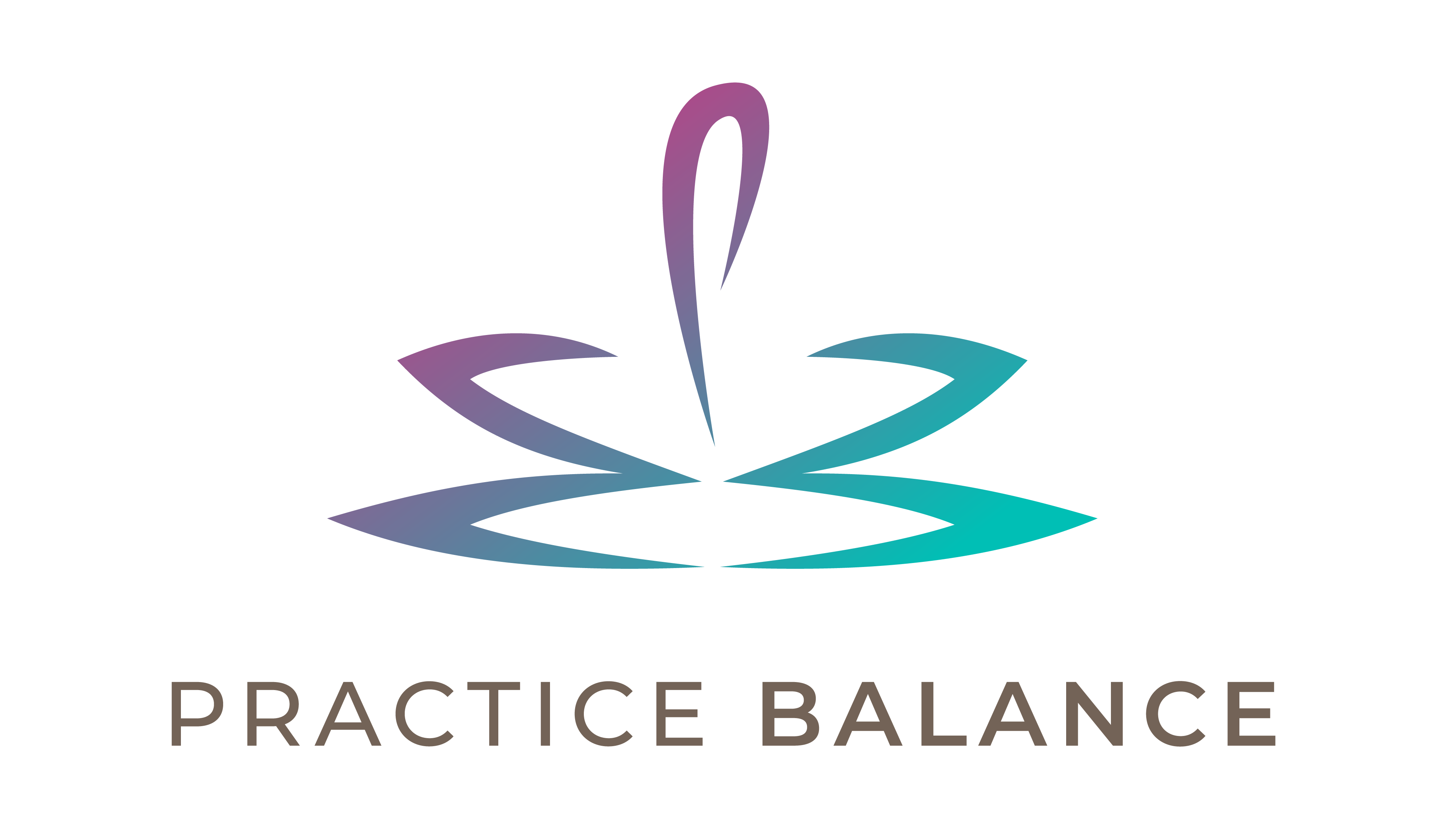In his book Is It Worth Dying For?, Robert Eliot describes his experiences with stress, culminating in his own heart attack on the job. He identifies five stages on the downward spiral to burnout: Job Contentment, Fuel Shortage, Chronic Symptoms, Crisis, and Hitting the Wall. Here, I continue with my journey from a fuel shortage state to the recognition of some serious health problems.
All the discrete aspects of this situation formed a hill of evidence that I was sinking. I finally carved out time to go see a physician, who ran some lab tests. One of my hormone axes, the one that signals estrogen, was completely non-functioning. While this is a pattern most common to menopausal women, it can be seen in cases of extreme physical or mental stress. Cases have been reported in professional athletes such as gymnasts and ballerinas, anorexia nervosa patients, or during very stressful states such as the death of a spouse. My doctor said, “It’s rare, but I have seen it, and it will probably be reversible after you finish residency.”PROBABLY reversible?
In The Gifts of Imperfection, Brene Brown distinguishes the term courage from its colloquial synonym of heroic by pointing out its original root meaning as “speaking one’s mind by telling all of one’s heart”. Courage is thus not necessarily about being brave in a life-or-death sense but about being openly vulnerable. I had to find my courage for the next inevitable step… Although it was a difficult decision with complex impacts on both me and my training program, I decided to take a leave of absence from residency.
In my next posts, I will discuss my research to find a personal stress management plan, and I will outline many of the resources that I used to construct it! Thanks for following!




Looking forward to the next installation. The parts where you share your own story are very interesting to me and I commend you for being willing to share such personal details.
Thanks for your comments, Aimee! It's just "ordinary courage"… 🙂